Seasonal changes can be challenging for individuals with asthma, as shifting weather patterns often bring new triggers like pollen, mold, and fluctuating temperatures. However, with the right strategies and preparation, you can effectively manage asthma and reduce the impact of seasonal changes on your health. Here’s your ultimate guide to breathing easy throughout the year.
Understanding Seasonal Triggers
Each season comes with its own set of asthma triggers. Identifying these triggers is the first step in managing your symptoms.
Spring (February to April)
- Common triggers: Tree and grass pollen, mold from thawing snow.
- Tips: Limit outdoor activities during high pollen hours (early morning and late afternoon). Use a HEPA air purifier to filter indoor air.
Summer (May to June)
- Common triggers: High humidity, air pollution, and increased allergens.
- Tips: Stay indoors on hot, humid days and keep windows closed. Use a dehumidifier to maintain optimal indoor humidity (30-50%).
Monsoon (July to September)
- Common triggers: Increased mold, dust mites, and humidity.
- Tips: Keep your home well-ventilated and use a dehumidifier to control moisture levels. Avoid walking in waterlogged areas.
Autumn (October to November)
- Common triggers: Ragweed pollen, decaying leaves, and mold.
- Tips: Rake leaves promptly and wear a mask while doing so. Clean gutters to prevent mold buildup.
Winter (December to January)
- Common triggers: Cold, dry air and indoor irritants (dust, smoke, and pet dander).
- Tips: Cover your nose and mouth with a scarf when going outside. Use a humidifier to prevent dry air indoors.
Seasonal Asthma Management Tips
1. Monitor Air Quality
- Use weather apps or websites to check pollen counts and air quality indexes.
- Avoid outdoor activities on days with poor air quality or high allergen levels.
2. Keep Your Medications Handy
- Always carry your quick-relief inhaler, especially during seasonal transitions.
- Work with your doctor to adjust your asthma action plan for the specific season.
3. Create an Allergen-Free Home
- Spring/Autumn: Close windows and doors to keep pollen out. Use air conditioners with clean filters.
- Winter: Vacuum carpets and upholstery regularly to minimize dust.
- All seasons: Use allergen-proof bedding covers and wash them in hot water weekly.
4. Stay Ahead with Preventive Measures
- Get a flu shot before flu season to prevent respiratory infections.
- Consider allergy testing to identify specific seasonal triggers.
- Start taking antihistamines or other allergy medications before allergy season begins.
5. Adapt Your Physical Activity
- Exercise indoors on days with extreme temperatures or high allergens.
- Warm up indoors before heading outside in cold weather to reduce airway constriction.
Emergency Preparedness for Seasonal Asthma
Recognize the Signs of an Asthma Flare-Up
- Increased coughing, wheezing, or shortness of breath.
- Difficulty sleeping due to breathing issues.
Have an Action Plan Ready
- Follow your asthma action plan at the first sign of symptoms.
- Seek immediate medical attention if your symptoms worsen despite using your inhaler.
Stock Up on Essentials
- Keep extra inhalers, medications, and nebulizer supplies at home.
- Ensure your rescue inhaler is not expired.
Special Considerations for Children with Asthma
Children often experience heightened asthma symptoms during seasonal transitions. To help them:
- Inform their school or daycare about their asthma management plan.
- Ensure they always carry their inhaler.
- Monitor their activity levels and encourage indoor play during high-pollen or poor air quality days.
Managing Asthma with Lifestyle Adjustments
1. Healthy Diet
- Eat foods rich in antioxidants, such as fruits and vegetables, to reduce inflammation.
- Avoid foods that trigger allergies or sensitivities.
2. Stress Management
- Practice relaxation techniques like deep breathing or meditation to prevent stress-induced asthma symptoms.
3. Regular Cleaning
- Dust and vacuum frequently to remove allergens.
- Wash curtains, rugs, and other fabric items that may trap allergens.
Stay Proactive, Breathe Easy
Managing asthma during seasonal changes requires vigilance and preparation, but with the right steps, you can minimize triggers and maintain your quality of life. By understanding your personal triggers, staying consistent with your asthma action plan, and making small adjustments to your environment and routine, you can navigate seasonal transitions with ease. Remember, your health and comfort come first, so don’t hesitate to seek medical advice if needed.












